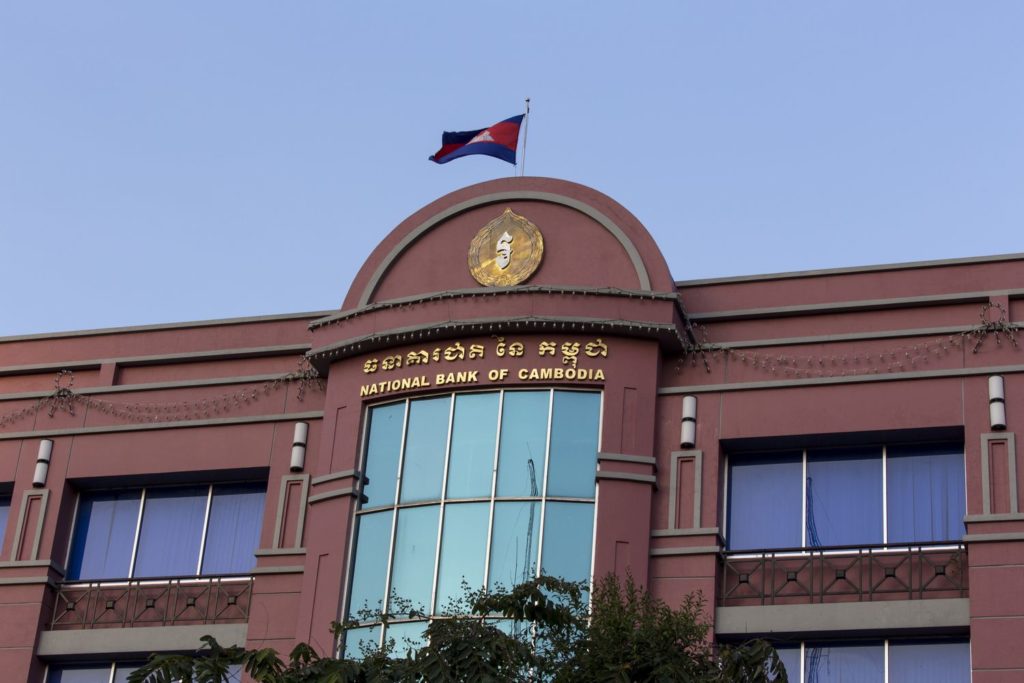
The blockchain for a renewal of the national currency
The central bank, which has been developing the Bakong Project since 2017, sees its "almost digital" currency project as a high-tech renewal of the Khmer Riel, Cambodia's official currency but hardly as its cash choice, as locals have favored the US dollar for decades, according to the white paper released Thursday.
The central bank said Bakong will help challenge dollar dominance by inducing Cambodians to pay via QR codes and a mobile app, with a Hyperledger Iroha blockchain that facilitates real-time fund transfers between electronic wallets linked to their accounts banking.
The authorized blockchain will work between Bakong accounts and traditional accounts, record transactions on a distributed ledger, reach consensus through the hash-based blocking algorithm "Yet Another Consensus" and process transactions in five seconds or less, according to the white paper .
"Transaction throughput is between 1.000 and 2.000 transactions per second," depending on the technical specifications, said the central bank in the white paper. "This suggests that there is scalability potential for this project."
The bank said the peer-to-peer nature of its system eliminates the inefficiencies of centralized clearinghouse models without costing users anything for transactions. A bit like it happens with Bitcoin system.
"As banks and individual users are now brought into a DLT platform, both banks and users no longer face interconnectivity and interoperability issues," said the central bank.
Almost digital currency
In the past, Cambodian officials have hesitated to label the fiat-based Bakong project as a Central Bank Digital Currency (CBDC), calling it instead a blockchain payment system.
Users must upload Riel to their Bakong accounts before they can transact with others. It is different from a natively digital CBDC. Even so, the white paper promotes Bakong as opposed to the proliferation of CBDC projects in highly developed countries around the world.
But while the newspaper says these nations could turn to the CBDC to cope with falling rates of money consumption by their population, in developing countries - a category where Cambodia could stay for decades - it said that the CBDC can promote financial inclusion, improve inefficient payment systems and even reduce poverty by opening access (in particular, the National Bank of Cambodia is one of the few central banks whose future money initiative is actually based on a blockchain) .
Cambodians are increasingly shifting their financial activity to their smartphones: e-wallet accounts in the country have risen 64% in 2019 to a record 5,22 million, according to the newspaper. It is not yet clear exactly when the Bakong Project will be launched. The white paper indicated "early 2020", despite being published mid-year.
